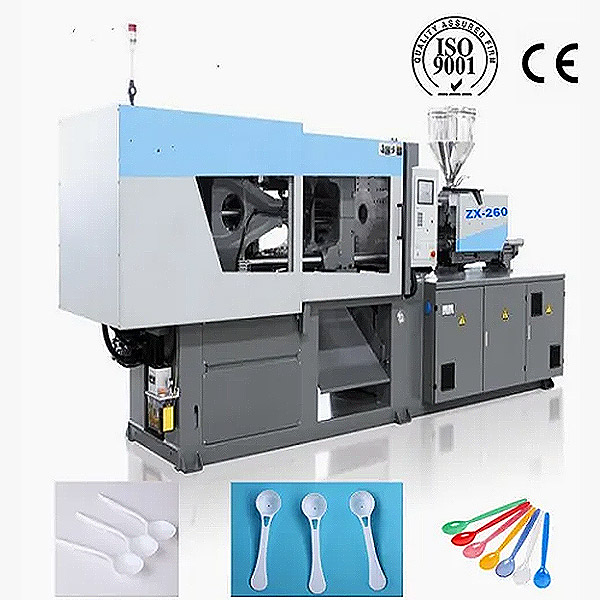 English
English Español
Español  Português
Português  русский
русский  Français
Français  日本語
日本語  Deutsch
Deutsch  tiếng Việt
tiếng Việt  Italiano
Italiano  Nederlands
Nederlands  ภาษาไทย
ภาษาไทย  Polski
Polski  한국어
한국어  Svenska
Svenska  magyar
magyar  Malay
Malay  বাংলা ভাষার
বাংলা ভাষার  Dansk
Dansk  Suomi
Suomi  हिन्दी
हिन्दी  Pilipino
Pilipino  Türkçe
Türkçe  Gaeilge
Gaeilge  العربية
العربية  Indonesia
Indonesia  Norsk
Norsk  تمل
تمل  český
český  ελληνικά
ελληνικά  український
український  Javanese
Javanese  فارسی
فارسی  தமிழ்
தமிழ்  తెలుగు
తెలుగు  नेपाली
नेपाली  Burmese
Burmese  български
български  ລາວ
ລາວ  Latine
Latine  Қазақша
Қазақша  Euskal
Euskal  Azərbaycan
Azərbaycan  Slovenský jazyk
Slovenský jazyk  Македонски
Македонски  Lietuvos
Lietuvos  Eesti Keel
Eesti Keel  Română
Română  Slovenski
Slovenski  मराठी
मराठी  Srpski језик
Srpski језик
Nguyên lý làm việc của máy ép phun
2021-07-14
Máy ép phun và ống tiêm dùng để tiêm có nguyên lý hoạt động tương đối giống nhau. Đó là một quá trình trong đó nhựa ở trạng thái nóng chảy dẻo (tức là trạng thái chảy nhớt) được bơm vào khoang khuôn đóng bởi lực đẩy của trục vít (hoặc pít tông), và sản phẩm thu được sau khi đông đặc và tạo hình.

Đầu tiên, thêm nhựa dạng hạt hoặc bột vào thùng củamáy ép phun. Chất dẻo bị nóng chảy do chuyển động quay of the screw and the outer wall of the barrel. Then the machine closes the mold and moves the injection seat forward, and the nozzle is close to the gate of the mold. , And then pass the pressure oil through the injection cylinder and push the screw forward. Thus, the molten material is injected into the closed mold with a lower temperature at a high pressure and a faster speed. After a certain period of time and pressure holding (also called pressure holding), cooling, solidification and molding, the product can be opened and the product can be taken out. (To ensure that the product has a certain density and dimensional tolerances, it is the purpose of maintaining pressure to supplement the material in the cavity to avoid the reflux of the melt in the cavity). Plasticization, injection and molding are the basic requirements of injection molding. The prerequisite for the quality of the formed product to be achieved and guaranteed is plasticization, and there is a high pressure response in the cavity (20-45MPa is usually the average pressure in the cavity), so the máy ép phun has enough Large clamping force. It can be seen that the injection device and clamping device of the key part of the máy ép phun.


